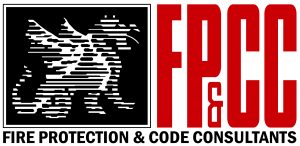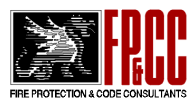Fires in the workplace can have devastating consequences, including loss of life, property damage, business disruptions, and legal liabilities. While some industries inherently carry a higher risk of fire hazards, no workplace is immune to the potential threat of fire. Identifying and addressing fire hazards through a proactive prevention and mitigation strategy is crucial for ensuring the safety of employees, visitors, and the overall business continuity.
Understanding Common Fire Hazards Fire hazards in the workplace can arise from various sources, including:
- Electrical hazards: Faulty wiring, overloaded circuits, and improper use of electrical equipment can lead to electrical fires.
- Flammable materials: The presence and improper storage of flammable liquids, gases, or combustible materials heighten the risk of fires.
- Hot work operations: Activities such as welding, cutting, and grinding generate sparks and heat, increasing the likelihood of fires.
- Smoking areas: Improperly disposed of smoking materials can ignite combustible materials and cause fires.
- Human error: Carelessness, lack of training, or improper procedures can contribute to the ignition and spread of fires.
Prevention Strategies Implementing effective prevention strategies is the first line of defense against fire hazards in the workplace. Here are some essential measures to consider:
- Conduct regular fire risk assessments: Identify potential fire hazards by thoroughly inspecting your workplace and evaluating the associated risks.
- Implement proper housekeeping: Maintain a clean and organized workplace, promptly removing combustible materials and ensuring clear evacuation routes.
- Provide fire safety training: Educate employees on fire prevention practices, proper use of fire extinguishers, and emergency procedures.
- Enforce strict no-smoking policies: Designate and clearly mark dedicated smoking areas, and ensure compliance with smoking regulations.
- Maintain electrical safety: Regularly inspect and maintain electrical systems, replace outdated equipment, and avoid overloading circuits.
- Control hot work operations: Implement a hot work permit system, establish designated hot work areas, and follow strict safety protocols.
- Store flammable materials safely: Properly label, store, and handle flammable materials according to regulations and manufacturer guidelines.
Mitigation Strategies Even with robust prevention measures in place, the risk of fires cannot be entirely eliminated. Implementing effective mitigation strategies can help minimize the impact of fires and ensure a swift and coordinated response:
- Install fire detection and suppression systems: Invest in reliable fire alarms, sprinkler systems, and fire extinguishers, and ensure regular maintenance and inspections.
- Develop and practice evacuation plans: Establish clear evacuation routes, designated assembly areas, and conduct regular fire drills to familiarize employees with emergency procedures.
- Implement fire-resistant construction: Incorporate fire-resistant materials, compartmentalization, and fire-rated assemblies in building design and renovations.
- Establish emergency response protocols: Collaborate with local fire departments, train designated personnel, and ensure effective communication channels during emergencies.
- Maintain comprehensive documentation: Keep accurate records of fire safety measures, inspections, training, and incidents for compliance and continuous improvement.
By proactively addressing fire hazards through a combination of prevention and mitigation strategies, businesses can significantly reduce the risk of fires in the workplace, safeguard their employees and assets, and maintain operational continuity. Regular assessments, training, and updates to fire safety protocols are essential for ensuring the effectiveness of these strategies over time.
Remember, fire safety is a shared responsibility. Encourage a culture of vigilance and accountability among all employees to create a fire-safe work environment.





